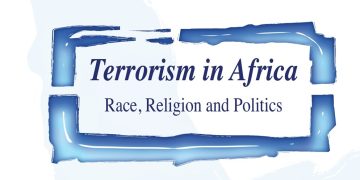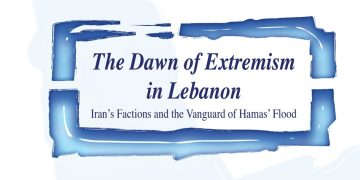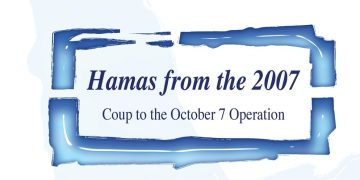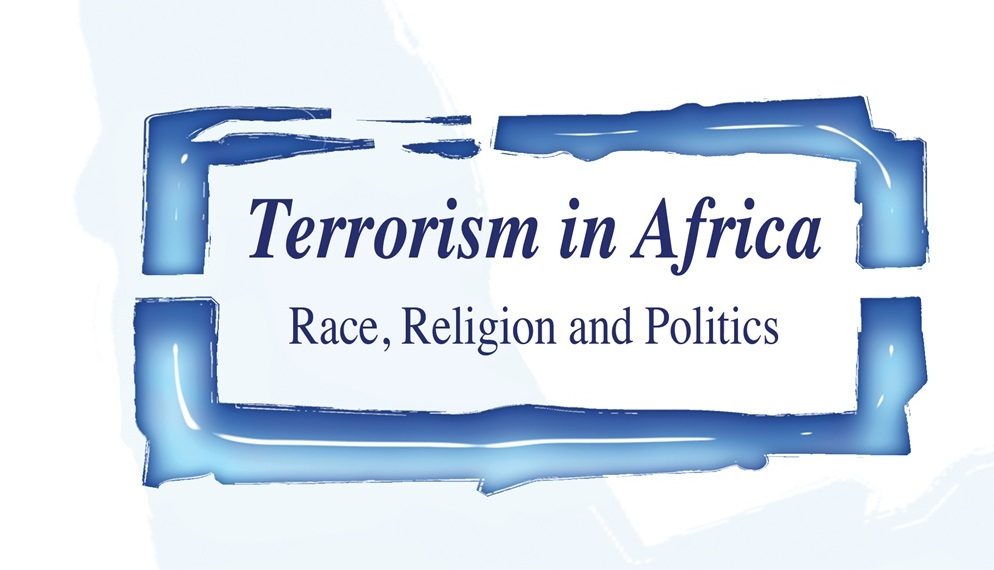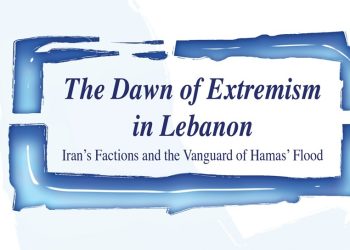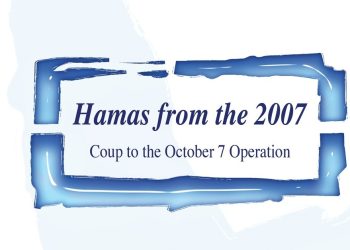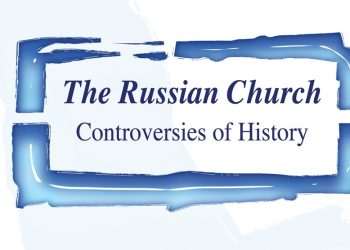June 2024
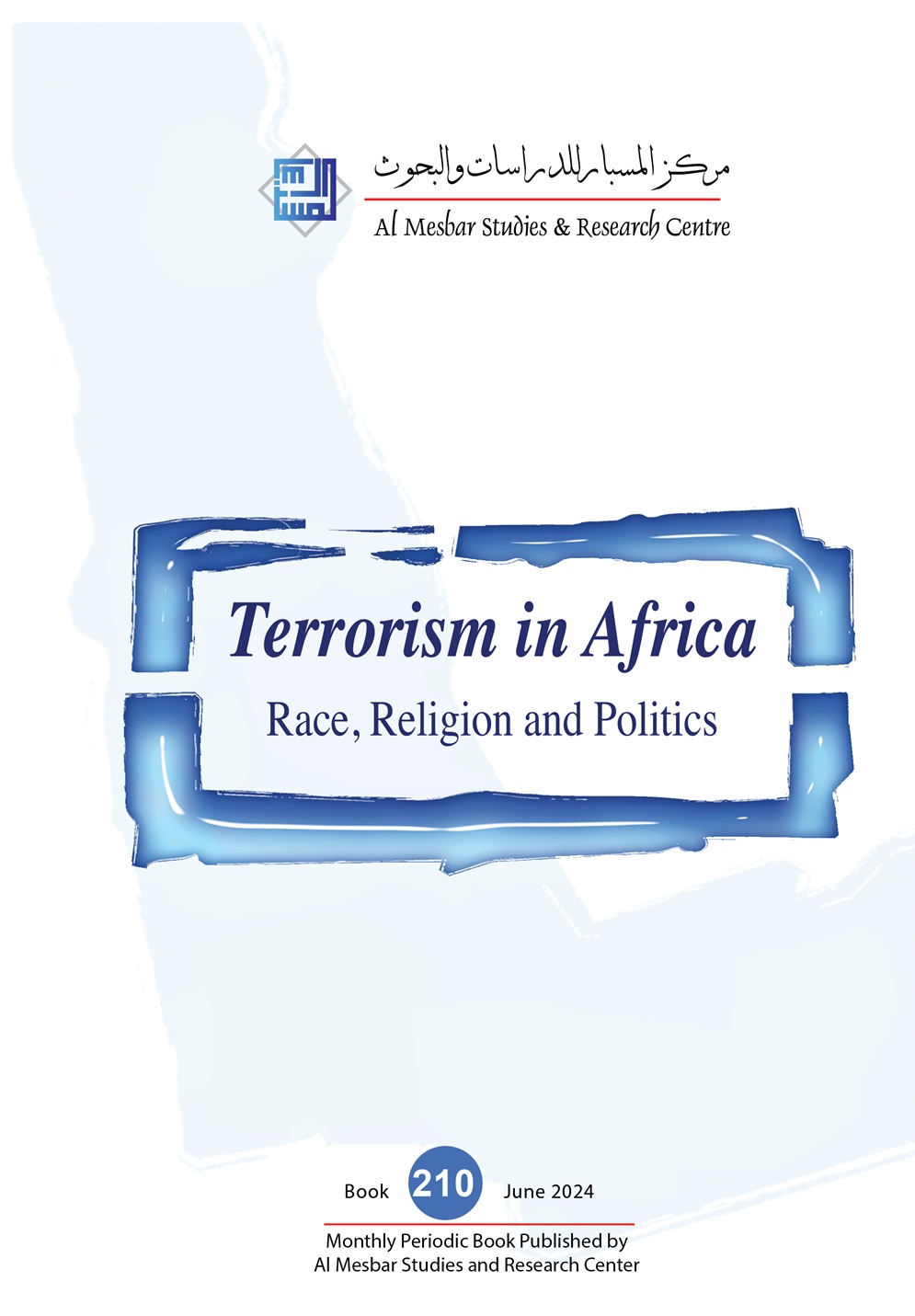 In its 210th book” Terrorism in Africa: Race, Religion and Politics,” published in June 2024, the Al-Mesbar Studies and Research Center examines the political, security, and social impacts of terrorism in Africa. It highlights how violence intersects with ethnic, religious, and tribal factors across the continent, focusing particularly on Central and Eastern Africa.
In its 210th book” Terrorism in Africa: Race, Religion and Politics,” published in June 2024, the Al-Mesbar Studies and Research Center examines the political, security, and social impacts of terrorism in Africa. It highlights how violence intersects with ethnic, religious, and tribal factors across the continent, focusing particularly on Central and Eastern Africa.
The book begins by analyzing the role of tribes in the collapse of the Somali state since 1991 and the rise of terrorist movements. It explores the connections between terrorism and poverty, poor economic conditions, and the use of violence. The book studies how tribes and clans intertwine with groups like Al Qaeda and the Lord’s Resistance Army, exploiting ethnic grievances. It also discusses how tribes have been used to ignite internal uprisings against terrorist organizations.
The first study is by researcher Mohamed Odii, who examines the general causes of extremism and terrorism in East Africa. He emphasizes the collapse of state institutions and Somalia’s disintegration as key factors driving the growth of extremist groups. Odii highlights how economic fragility, social breakdown, and educational gaps allow extremist ideologies to spread. He explains how extremists exploit religion and identity to advance political agendas rooted in hatred, resentment, and grievance.
The study also covers terrorism developments in Tanzania and Zanzibar, detailing how extremist discourse spreads by exploiting local “internal elements.”
Odii compares electronic platforms and social media as tools used by extremist groups like ISIS and Al-Shabaab. However, he notes that groups such as Boko Haram rely principally on human networks, including religious leaders and family networks. Therefore, combating extremism requires a multi-faceted approach beyond relying solely on artificial intelligence. He warns that AI in the hands of terrorists poses a threat greater than conventional weapons.
Houda Kourima explores the complex relationship between extremism, terrorism, and the economy in Somalia, Kenya, Uganda, and Ethiopia. She links poverty and inequality to extremism, driven by despair and anger, and reveals how extremist groups exploit economic grievances to recruit individuals seeking meaning in their lives. Kourima also discusses the “zero-sum circle” and the economic impact of extremist conflicts.
Shaima Mahmoud Abdel Rahim introduces a study on terrorist organizations, focusing on Al-Qaeda’s operations in Kenya and Tanzania since 1998. She explains how Al-Qaeda employs decentralization to coordinate global extremist actions and discusses its involvement in construction, diamond trade, and human trafficking. Abdel Rahim highlights cooperation between Al-Qaeda branches in Kenya, Somalia, and Tanzania and groups like the Allied Democratic Forces in Uganda.
Essam Al-Badri examines Al-Qaeda and the Lord’s Resistance Army, emphasizing the marginalization of the Acholi tribe and the “Alliance of Democratic Forces,” linked to the Baganda and Basoga tribes under leader Musa Baluku. He notes that extremism has enabled the consolidation of certain military and security frameworks within East African ruling systems.
Researcher Hamid Fatehi presents a field study on tribal dynamics in East Africa and their impact on the Somali Shabab movement. He highlights the uprising led by the Hawadle clan of the Hawiye tribe in the Hiran region against Al-Shabaab and the role of militias named Macawisley in liberating areas from the terrorist group.
Fatehi explains that these militias formed in 2014 to resist levies imposed by Al-Shabaab. Fighters organized successful attacks in the Bulo-Burde and Jalalaqsi provinces after rejecting exorbitant levies and execution threats. However, the uprising’s momentum waned by 2018 due to President Mohamed Abdullahi Farmajo’s reluctance to support it, possibly fearing armed tribal forces. Later, President Hassan Sheikh Mohamud, from the Hawiye-Abgaal clan, supported the uprising, but internal conflicts arose over secessionist sentiments in the Hiraan region. Fatehi notes that Al-Shabaab armed some clans during its withdrawal from major cities to deepen internal divisions.
Security expert Omar Dhibyan discusses competition among jihadist groups in Somalia, focusing on Al-Shabaab’s 2015 split. Abdul-Qadir Mumin led a faction pledging allegiance to ISIS, while the other remained loyal to Al-Qaeda. Dhibyan highlights risks from conflicts over resources and tax control, which generate millions for terrorists. He also notes the 2024 discovery of oil in the Somali basin and its potential to intensify ISIS and Al-Shabaab competition in Puntland.
Researcher Mohamed Merri reassesses tribal and external factors shaping terrorism in Somalia. He explains ISIS’s appeal partly stems from opposing Ethiopia and notes the formation of the “Islamic State in Somalia – Somalia Province,” ISIS’s wing in Puntland.
Merri discusses challenges Somalia faces, including the ideologization of the war on Al-Shabaab during President Hassan Sheikh Mohamud’s conservative administration and Minister Mukhtar Robow’s term, who was formerly Al-Shabaab’s spokesman. He describes efforts to develop intellectual strategies against the group, including the launch of the “Topsan National Center for the Prevention and Combating of Violent Extremist Ideology.” The government is working to sever Al-Shabaab’s clan ties and cut its funding, especially from taxing Mogadishu merchants, which can reach $250 million. The author notes that Al-Shabaab has successfully infiltrated government taxpayer information, particularly merchants using Mogadishu’s port and airport.
Merri identifies factors that hinder Somalia’s anti-terrorism efforts: distraction by constitutional amendments, delays in the second phase of “Operation Black Lion” to eradicate terrorism, diplomatic tensions with Ethiopia, and plans to withdraw the African Union Mission in Somalia (AMISOM) from 2022 to 2024. These have furnished Al-Shabaab with opportunities to regroup, prompting Merri to predict a future terrorism may arrive by 2027.
Mohamed bin Faisal examines Al-Qaeda’s strategic relations in Yemen and Somalia, showing how the group adapts to logistical and geographical challenges to maintain a strong regional presence.
Mustafa Hamza reviews the recruitment of child soldiers in armed conflicts, focusing on South Sudan. He offers a comprehensive analysis of factors sustaining this practice and explores the psychological and social effects on the children’s futures.
Researcher Tuqa Al-Najjar studies the ties between race, religion, and the activities of the “Ahlu Sunnah Wal Jama’ah” group in Mozambique. She identifies key ethnic, religious, and social grievances that drive the group’s actions. Al-Najjar explains how the group exploits religious and ethnic identities to strengthen power and attract youth, especially in impoverished and marginalized areas. She details the group’s use of religion as a recruitment tool and its exploitation of economic and social gaps to foster extremism. The study also notes ISIS’s support through funding and arms, which expands the group’s operations.
Zainab Mustafa focuses on “Jama’at Nusrat al-Islam wal-Muslimin” (JNIM), affiliated with Al-Qaeda, which dominates terrorist activity in the African Sahel. She explains how the group wields influence strategically, engaging in violent conflicts with military forces and Wagner mercenaries in Mali and Burkina Faso.
In conclusion, Al Mesbar Studies and Research Center thanks all researchers and contributors, especially Maher Farghali, the issue coordinator. The Center hopes this book fills a gap in the Arab library.


